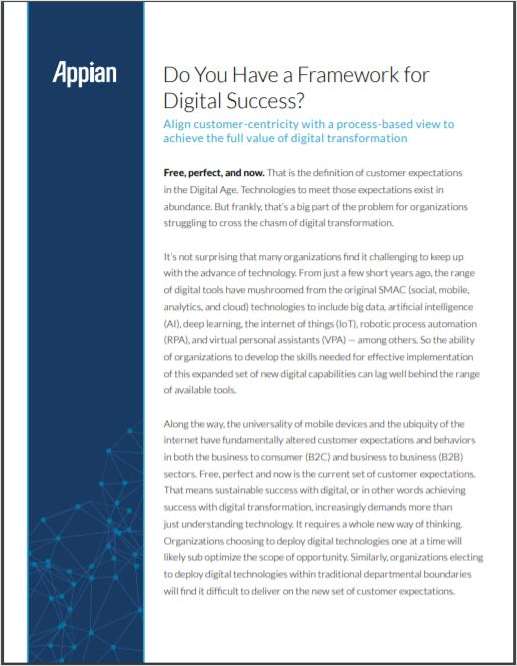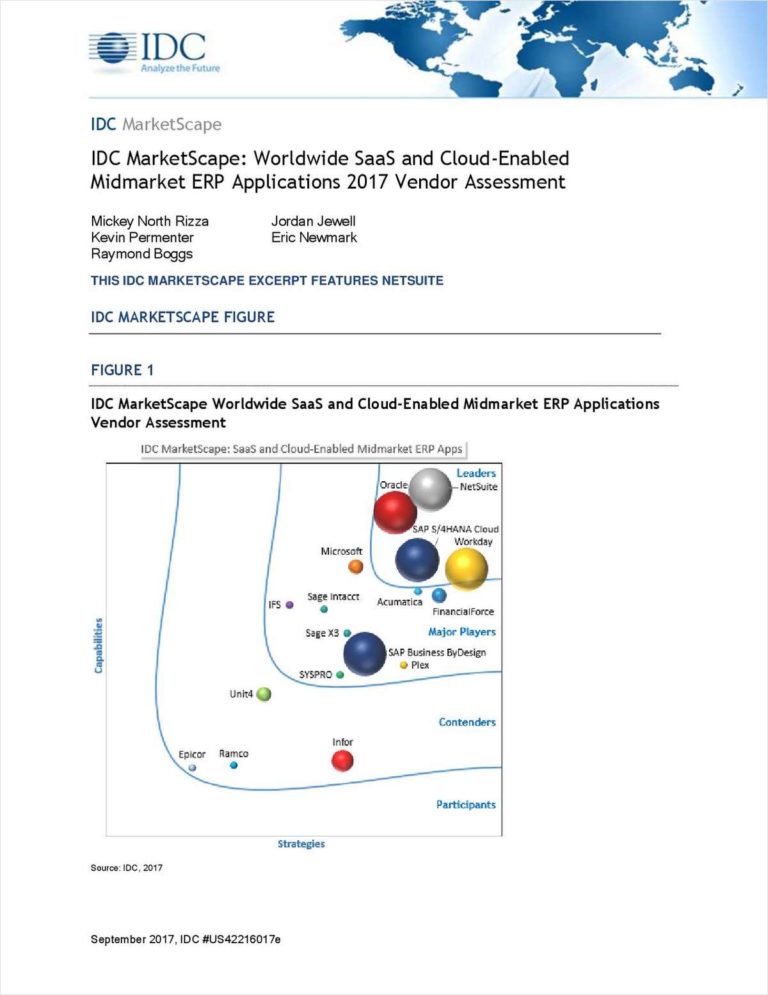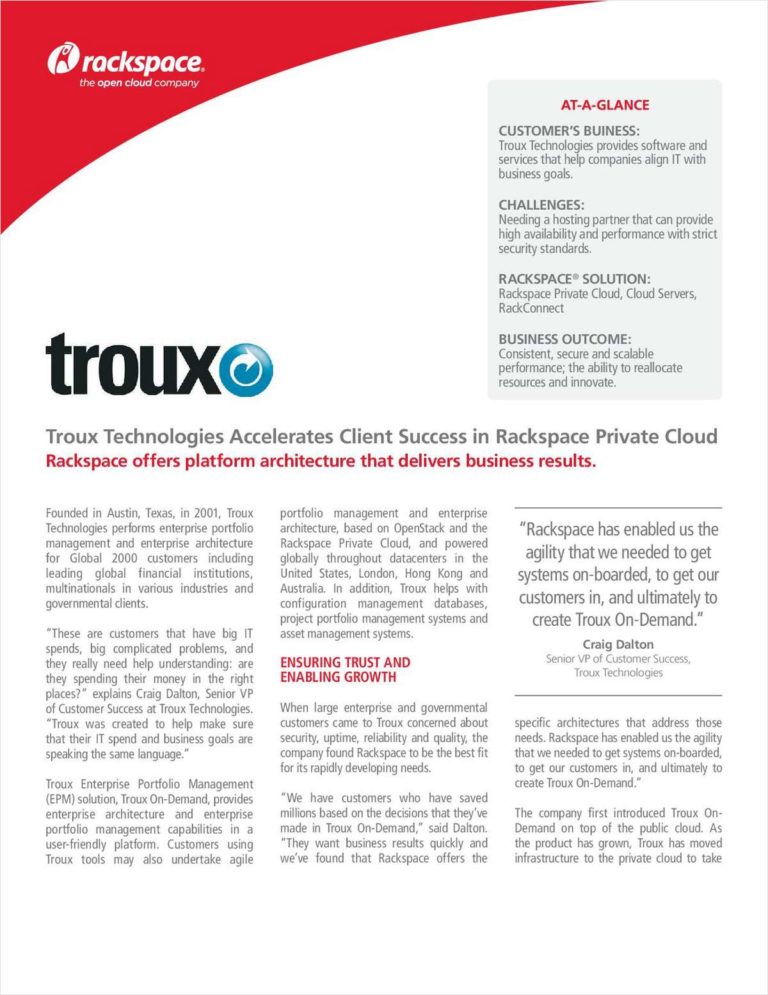3 indispensable white paper marketing success factors

Every recipe for success is based on the right ingredients. The following three ingredients are indispensable for successful white paper marketing!
Every B2B marketer knows that white papers are excellent marketing and sales tool for their business. Of course, they now want to use White Paper successfully. So what could your white paper marketing success recipe look like? Which ingredients do you need in any case?
Although you can refine any recipe as you like, I limit myself here but consciously to the absolutely necessary.
So here they are, the three indispensable White Paper Marketing success ingredients:
1. White Paper Marketing Strategy
You can theoretically already achieve a “respectful success” even with just a single white paper”. However, a smart B2B marketer would not really exploit the potential of a white paper as a marketing and distribution tool with just one publication.
It, therefore, makes more sense to use white papers strategically, ie to use several/series of white papers as part of the marketing strategy.
For every B2B marketer, a white paper marketing strategy should be part of their content strategy and marketing and communication strategy (MarCom strategy). It provides them with the overarching objectives and the orientation framework for the content of the white papers.
To make a profitable white paper marketing strategy, Read White Paper Approaches Based on Sales Cycles
2. White Paper Tactics
At the tactical level, taking into account the objectives of your strategy, you define concrete goals, the audience, topic, and content for each of your white papers.
The relationship between the individual white papers and the sequence of their publication must also be clarified.
Another task of the white paper tactic (s) is to determine the format, medium, and distribution channels for the white paper. Link to this is the question of whether and how you measure the respective white paper call and the white paper effect on the addressee group (metrics, tracking).
3. “Killer” White Paper
Without white paper, no white paper marketing. Logical. But who is the best person to produce the white papers? One of your co-workers or an external white paper author? Both variants have advantages and disadvantages. Which variant is the right one for you, you can therefore ultimately decide for yourself.
You may be well inclined to recommend the white paper topic and the white paper creation to one of your employees.
Keep in mind, however, that writing a white paper – from research to the final version – is time-consuming and labor-intensive. The employee involved in the white paper preparation is thus fully utilized. He is thus no longer available for other work (opportunity costs). Of course, there is also the question of whether there is sufficient writing talent, experience and finesse to master the task in your company.
The latter should be allowed, in principle, to an external white paper author. Unfortunately, many “bad” white papers tend to prove the opposite. It is just not necessarily any copywriter, journalist, PR or other experts as a white paper author.
In addition, many white paper authors limit themselves purely to the texts on given topics. Often there is a lack of marketing knowledge and understanding of the particular function of a white paper as a sales and marketing instrument.
Therefore, when hiring an external white paper author, you should be aware that you keep him in touch with your white paper marketing professional too, who will advise the author about your white paper marketing strategy, tactics, and conception.






